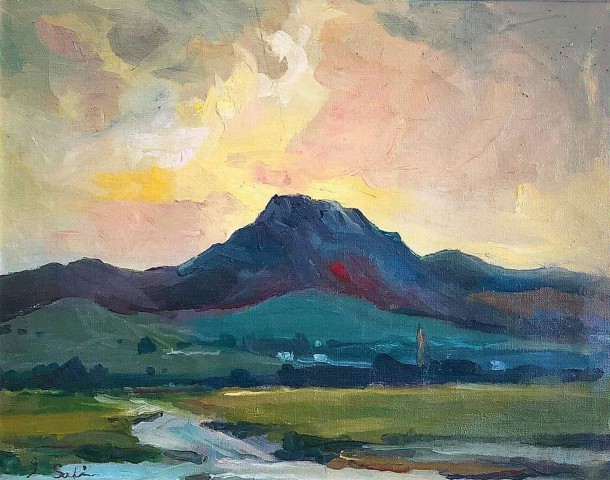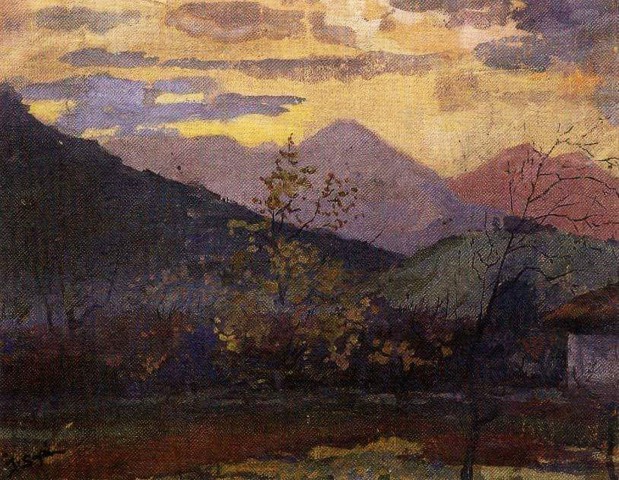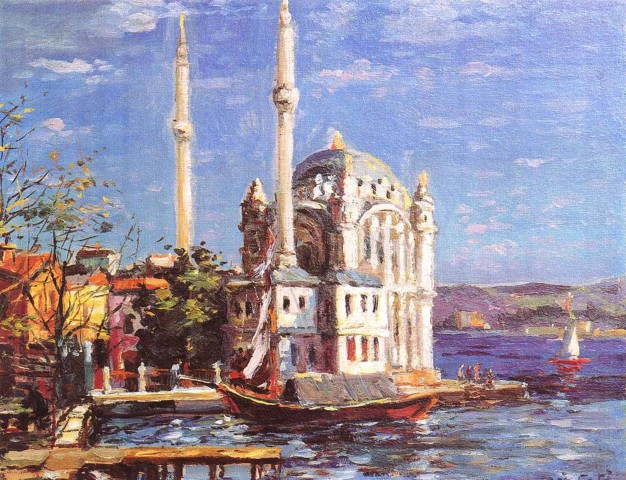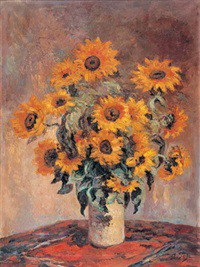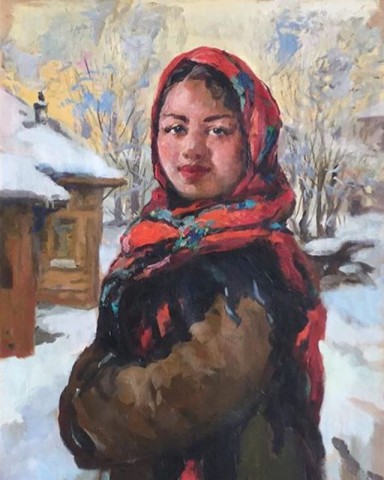select your style
choose your scheme
color scheme

select your style
choose your scheme
color scheme

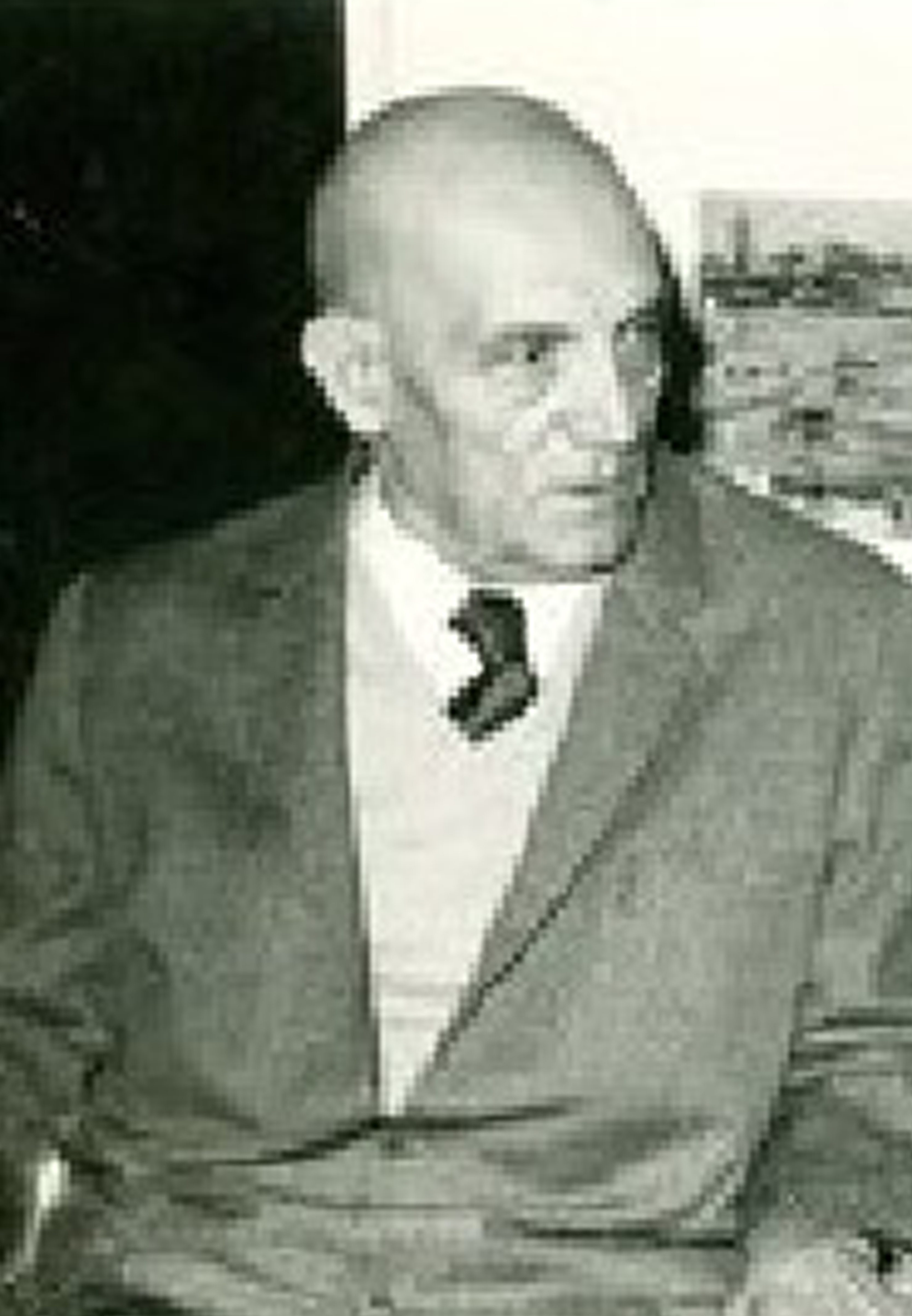
IBRAHIM Safi (real name and surname is Rahman Gafar oglu Shafiyev) was born in 1898 in Jalilkend village of Sharur region and died on 04.01.1983 in Istanbul. Artist-impressionist. He received his first education at Jalilkend school, then studied at the Yerevan Teachers' Seminary (1914-1916). He began his artistic career at an early age, and at the age of 12 he painted his first paintings "Araz fishermen" and "Portrait of my mother". He entered the preparatory department of the Moscow School of Painting, Sculpture and Architecture (1916). Influenced by the contradictory events before the Revolution in Russia, he returned to Nakhchivan (1917). He joined the Turkish army in the Caucasus and took part in the battles of Nakhchivan, Aza and Zangilan as a senior lieutenant (1917). He went to Turkey with the Turkish army in the Caucasus (1918). He took part in the National War of Independence in Batumi for eight months and in Samsun for seven months (1918-1920). After being discharged from the army in 1920, he worked at the Istanbul Tobacco Factory. He won the European Artists' Competition in Turkey (1920). In 1923, he graduated from the Istanbul Industrial Oil School (now Memar Sinan University of the Arts). In 1924, he regularly participated in exhibitions and competitions in Turkey. In 1924-1925, he twice painted a portrait of Mustafa Kemal Ataturk, a prominent figure in Turkish history. In 1929-1930, he continued his work as a guest student in the studio of the famous Turkish artist Namik Ismayil, and mastered the secrets of traditional Turkish painting (as Rahman Safiyev). According to a law passed in Turkey in 1935 and the name "Rahman" is on the list of names forbidden by religion, he changed his name to Ibrahim Safi and accepted his citizenship. In 1939-1942, at the age of 44, he joined the war as a senior lieutenant. He has organized solo exhibitions in Turkey since 1946 and has been an active participant in mixed exhibitions. In 1950, Russian realism and impressionism typical of French artists were clearly felt in his work. In 1953, at the age of 55, he married a woman of Greek descent named Zachary. Until then, Zakharina had children and grandchildren. Safi did not have any children of her own. In 1955-1966, he lived in Europe for 11 years and studied Western European art. He lived in Geneva, Zurich, Munich, Cologne, Frankfurt and Athens, and held solo exhibitions. In 1967, he opened eight solo exhibitions in Marseille, France. He was sent by the state on creative trips to Rome and Vienna. The 1960s and 1970s were a time when the colors and brilliance of impression were strongly felt in the artist's works. In 1975-1980, the artist lost his sight. He died on January 4, 1983, during his 100th exhibition at the Odakule Business Center in Istanbul, Turkey. He is also a worthy representative of post-impressionism in Turkey. I., who is closely acquainted with different art trends, contrasting styles of painting. S. preferred realism in his work and continued the progressive traditions of world art. There are many paintings in different genres of painting, including landscapes "View of the city of Bursa from the hotel park", "View of the Anatolian coast", "Garkhana district", "A view from the Sultaniye Mosque", "Landscape" and others. Still lifes: "Flower vase", "Flowers in a blue vase", etc. Portraits: "Unknown woman in black", "Man with a pink scarf", "Jumpushcu Hafiz", "Mrs. Zarrukh" and others. created works. The cheerful, transparent color of some landscapes and still lifes, the playfulness of colors bring him closer to the French Impressionists, showing his obsession with the light, brilliance and beauty of color that impressionism brings to nature. Among them are "View of the Anatolian coast from the side of Burgas Island", "Plain on Mount Bursa", "A view from the Bosphorus", "Winter view", "View of Anatolia" and others. can be shown. His works reflect the impressions of the trip to many countries. Turkey, France, Austria, USA, Switzerland, etc. solo exhibitions have been demonstrated in many countries. He donated some of his landscapes, portraits and still lifes to the Azerbaijan State National Museum of Art and the Nizami Azerbaijan National Museum of Literature. Several of his works were included in the exposition of the exhibition "My dear homeland is good ..." held in Baku in 1989. His works are preserved in museums in Turkey and around the world, as well as in private collections. IS reflected the land of dogma in his works as he revived it in his memory. Many of them were taken to Athens by his wife after the artist's death. The artist has authored about 10,000 works throughout his life.

